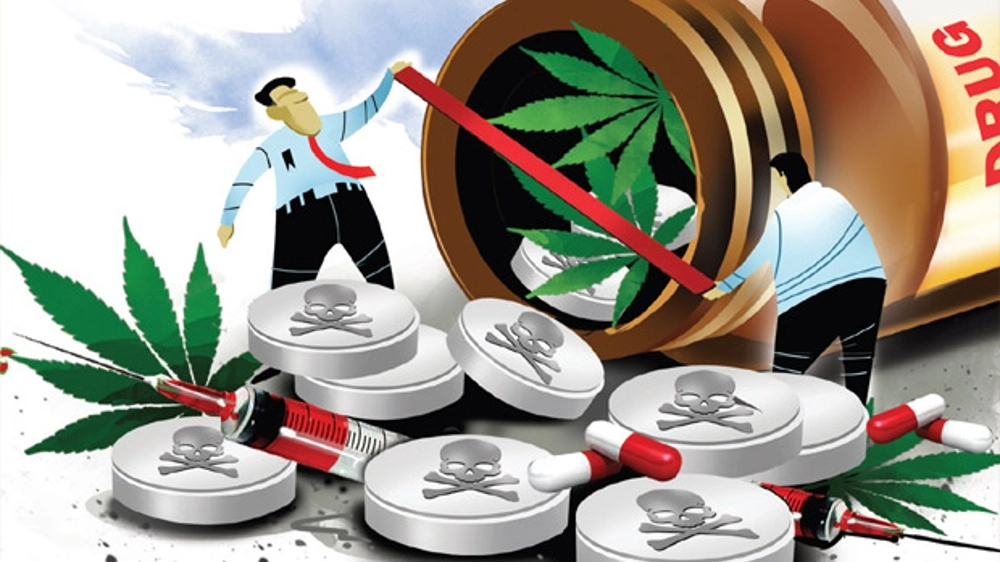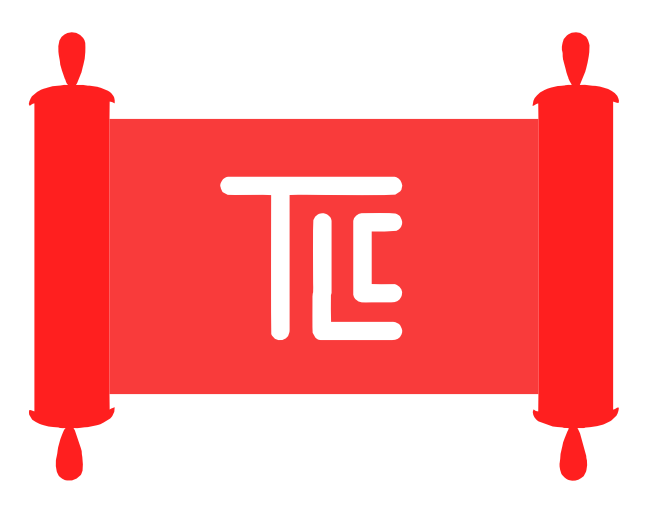Narcotic Drugs & Psychotropic Substances

There are no universally accepted definitions of the expressions, “narcotic drug and “psychotropic substance”. The expression “narcotics” has originated from the Greek word “narkoticos” the meaning of which is “benumbing or deadening. The expression narcotic’ is generally used to refer to a class of drugs that are central nervous system depressants, which produce insensibility or stupor. The expression narcotic” as ordinarily used refers to opioids i.e. opium, the derivatives of opium, and their semi-synthetic or wholly synthetic substitutes. Certain substances grouped as narcotic drugs either in the Single Convention on Narcotic Drugs, 1961 or in the NDPS Act are pharmacologically not narcotic drugs but belong to certain groups of psychoactive substances like stimulants, hallucinogens etc. For example, cannabis and cocaine come under the purview of the Single Convention on Narcotic Drugs. 1961. Under the NDPS Act, they are classified as narcotic drugs. However pharmacologically they do not belong to the group narcotics. While cocaine belongs to the group of stimulants, cannabis is a drug of its own class. It is more akin to the group of hallucinogens than to the group of narcotics.
The expression psychotropic substance is derived historically rather than pharmacologically in its connotation. The drugs grouped as psychotropic substances either in the Convention on Psychotropic Substances, 1971 or in the NDPS Act do not have any common characteristics which justify their grouping as psychotropic substances as distinguishable from the group of narcotic drugs. It was the international concern against increase in cases of poisoning brought out by amphetamines, a group of stimulants in many parts of the world that brought out the Convention on Psychotropic Substances, 1971.
The Problem and Consequences of Drug:
Effect on Health:
Narcotic drugs and psychotropic substances that are indispensable in the treatment of pain and various illnesses of human beings, when abused are dangerous to individuals, to the nation, and to the entire mankind. The health consequences of drug abuse are many.
- physical and psychological dependence
- acute poisoning and the resultant death of the consumers.
- unhygienic injecting practices that cause hepatitis B and HIV/ AIDS.
- structural damage to the brain (e.g. due to chronic cocaíne or methamphetamine use)
- damage to other organs
- deteriorating family relations
- poorer performance in school or work
- unwanted and/or unprotected sexual activity
- violence and trouble with the authorities.
In addition to the damage to an abuser’s health, the harm done may extend to those closest to the abuser, namely the spouse, parents, children etc. A pregnant woman who abuses drug may unwittingly cause harm to the foetus.
Economic Effects:
The economic costs of drug abuse are multifarious. Drug abuse affects working efficiency. The resultant absenteeism, accidents, and health care costs have an adverse effect on the economy of a nation. One of the most important social and economic consequences of drug abuse is a crime, for the prevention and control of which the society has to spend its scarce resources. In Central America. drug-related violence has continued to plague El Salvador. Guatemala and Honduras, the countries of the so-called “Northern Triangle”. national gangs are forming alliances with international criminal syndicates.
Globalization and liberalization of economies have aggravated the global phenomenon of increase in drug abuse and drug trafficking Advancements in communication, information technology, and transportation have made possible the information, services, goods, and people to reach across the borders at an extraordinarily high speed. Drugs and money generated from drug trafficking are moved by innovative methods. The use of the internet for the nefarious activities of drug abuse and drug trafficking makes the task of enforcement agencies further difficult.
Indian Scenario
India has a very long history of abuse of conventional drugs of abuse like. Ganja (cannabis) and raw opium. The abuse of these drugs has cultural overtones in all the regions of the country, in particular in certain States like Rajasthan, Bihar, and Uttar Pradesh. This historical and cultural abuse acquired epidemical dimensions during British rule. The state-run monopoly of cultivation of opium poppy and production of opium during the British regime in India was used to further the revenue of the government with utter disregard of its effect on the health and morality of the Indian people. The British Government took the stand that opium eating, on the whole, was not injurious to the members of the Indian population who practiced it and that moderate eating of opium in India was legitimate due to the hot climate and prevalence of malaria. The Royal Opium Commission and the Indian Hemp Commission acted as instruments to strengthen this propaganda of the British Indian Government although the medical opinion in the entire world, the public opinion in India, and the opinion of great leaders like Tagore and Gandhiji held opposite views.
With the advent of freedom and the adoption of a new Constitution, the Government’s attitude towards the problem changed. Article 47 of the Constitution of India mandates the Government to endeavor to bring about the prohibition of consumption except for medical purposes of intoxicating drinks and of drugs that are injurious to health. In the year 1959 sale and consumption of opium was prohibited except for registered opium addicts and in the year 1989 non-medical use of cannabis was prohibited in conformity with the mandate of the Single Convention on Narcotic drugs to which India is a party.
The Golden Crescent and Golden Triangle
The economic rewards of the criminal cartels are astounding and astronomical Almost 90% of the world’s illicit opiates – opium and its purified derivative heroin-originate from the Golden Crescent and ‘Golden Triangle both closely proximate in location to India. India’s geographical position of being sandwiched between the world’s two important illicit sources of drugs (Golden Crescent comprising Afghanistan and Pakistan and Golden Triangle comprising Laos, Myanmar, and Thailand), the transit traffic of drugs originating in those areas, and the spill-over drug addiction problem are matters of grave concern to the country. Informed estimates say that the total rake of the illicit cartels is around US S 400 billion. This is equivalent to approximately 8% of the total international trade itself. In one of India’s neighboring countries, the domestic wholesale price of heroin none is said to be US $ 2870 per kg: but when it hits the streets in the USA, it is said to fetch the US $2,90,000 per kg. Cocaine, sold at the US $ 1500 per kg in the illicit wholesale market of Bolivia, fetches the US $ 1.10,000 p per kg in the street-outlets in the USA. This indicates the tremendous economic potential and power of this activity.
Conclusion:
The problem is of such magnitude that it becomes necessary to locate this intense human problem in the broader context of failed or failing states and issues of human security. Why do these stimulants continue to ensnare the youth? What are the insensitivities and failures of the State and society that alienate and embitter the younger generation to seek solace in the dangerous world of drugs? Though the number of drugs seized shows a downward trend over the years, the number of persons involved in the activity has greatly increased. This indicates the shift in the strategies of the illicit trade.
LAWYERS
